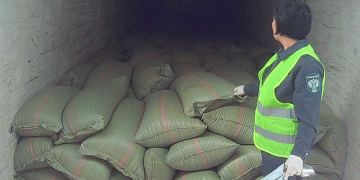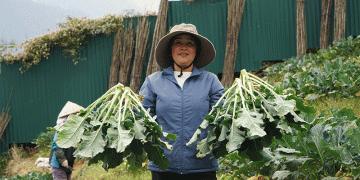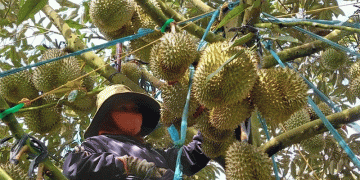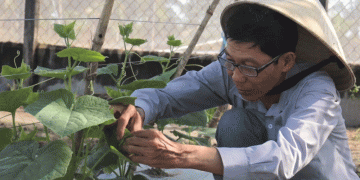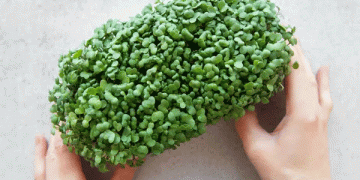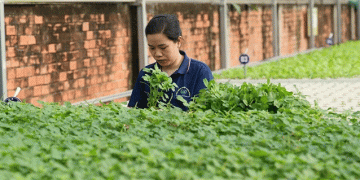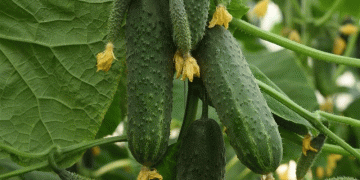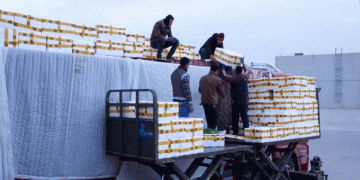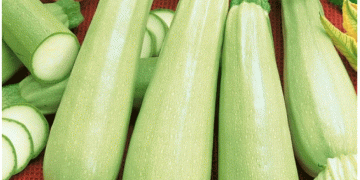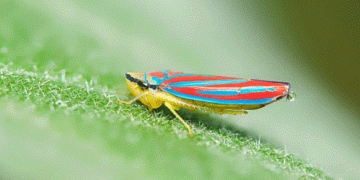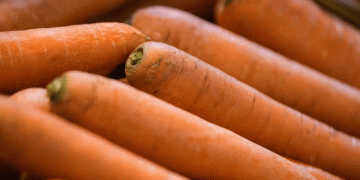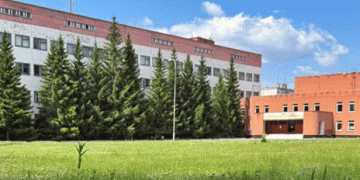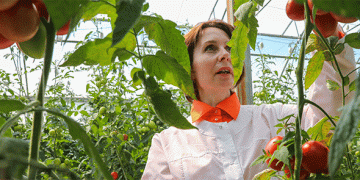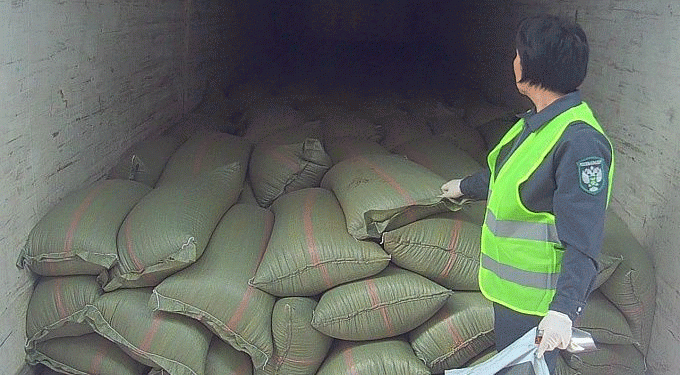A recent report from the Rosselkhoznadzor (Russian Federal Service for Veterinary and Phytosanitary Surveillance) highlights a significant and specific agricultural trade stream: in just one week, from September 15 to 21, 2025, 141 tons of regulated produce were exported from the Republic of Buryatia, Russia, to Mongolia via the Kyakhta border crossing. The exported commodities consisted of 60 tons of white cabbage, 40 tons of soybeans, and 41 tons of food potatoes.
This data, while specific to a short timeframe, points to a consistent demand in Mongolia for staple vegetable crops and legumes from its northern neighbor. For farmers and agronomists in border regions, understanding these export corridors is crucial for production planning and market diversification.
The Critical Role of Phytosanitary Control
The report emphasizes that this trade is not a simple logistical exercise. All 141 tons were classified as “quarantinable products,” meaning they are subject to strict phytosanitary controls to prevent the transboundary spread of pests and diseases. During the week in question, state inspectors conducted 125 preliminary and follow-up inspections. In collaboration with a phytosanitary testing laboratory, they examined transport vehicles and collected six samples for analysis.
This vigilance is paramount. The inadvertent introduction of a new pest or pathogen can have devastating consequences for the importing country’s agriculture and food security. The discovery of three regulatory violations, resulting in three administrative protocols under Article 10.2 of the Russian Code of Administrative Offenses, serves as a stark reminder of the risks. The non-compliant goods were returned to Russia, preventing potential contamination.
Linking to Broader Trends and Data
This bilateral trade aligns with broader regional patterns. According to analyses from the FAO (Food and Agriculture Organization of the United Nations), the demand for fresh vegetables and legumes in East Asian markets, including Mongolia, has been steadily increasing, driven by urbanization and dietary shifts. Furthermore, a 2023 study published in the journal “Outlook on Agriculture” noted that climate variability is making some traditional domestic production zones in Central Asia less reliable, increasing dependence on imports from climatically suitable regions like Southern Siberia.
For agricultural engineers and farm owners, this underscores the importance of integrating phytosanitary protocols directly into the supply chain—from field-grade sanitation and pest monitoring to certified packaging and traceability systems. Investing in these areas is not just a regulatory cost but a competitive advantage that ensures market access.
The weekly export figures from Buryatia to Mongolia are more than just a statistic; they are a microcosm of regional agricultural trade. They demonstrate a tangible market opportunity for producers of specific crops, but they also highlight the non-negotiable requirement for scientific rigor and strict phytosanitary oversight. For agronomists, scientists, and farm owners, success in such export markets will depend on a dual focus: optimizing yields and quality while adhering to the highest standards of plant health and biosafety. This ensures that trade remains a vector for economic growth, not for the spread of agricultural threats.
